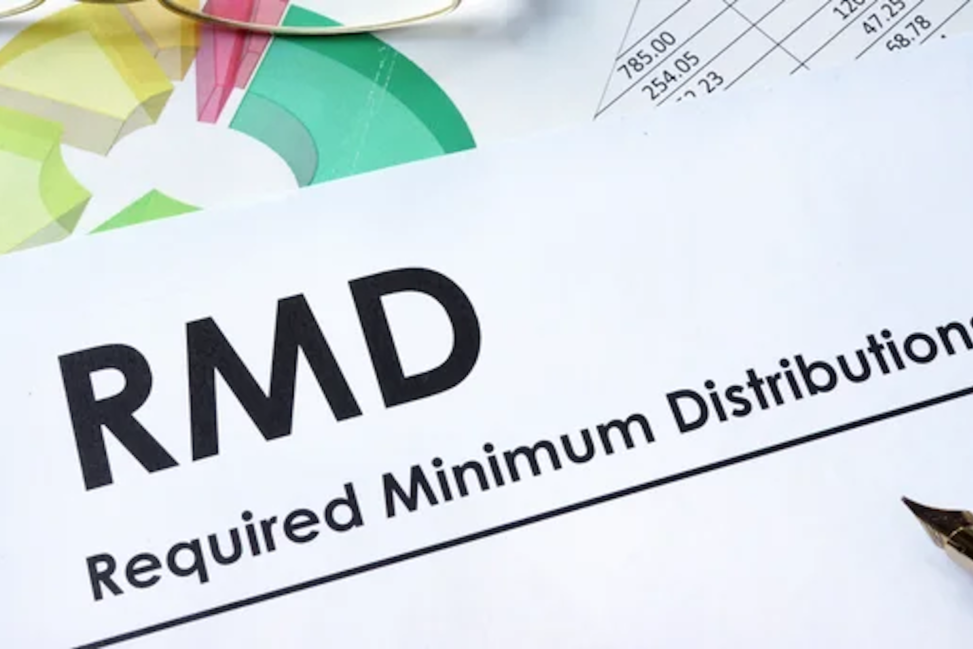Saving for retirement isn’t something most of us think of until we enter the workforce as adults. But according to a recent Bankrate study, more than half of Americans don’t feel they’re adequately prepared for retirement.
Giving your child a head start on saving can help them reach financial security well before their peers. It can also help them understand the value and importance of saving from the start, a lesson many don’t learn early enough.
A custodial Roth IRA can be an excellent option to jump-start your child’s retirement savings and financial acuity.
What Is a Custodial Roth IRA?
A custodial Roth IRA is an independent retirement account set up for a minor by an adult, usually a parent. The minor owns the account, but the adult oversees account management until the child turns 18 or 21, depending on state guidelines.
Like other types of IRAs, the child must have earned income, though there is no age requirement attached. Earned income can come from an established part-time job or another type of earned income agreement, such as babysitting on the weekend.
The nature of a custodial IRA makes it a popular option for parents looking for a way to help their teen amass retirement savings while learning key financial management lessons.
Differences Between a Custodial IRA and an Inherited IRA
A custodial account is opened for a minor and managed by an adult until they are old enough to take over account management. The account is always in the name of the minor, and they can contribute to it as long as they have an earned income and stay within the contribution limits set by the IRS.
An inherited IRA, or beneficiary IRA, is an account opened after you inherit an IRA. The account’s sole purpose is to hold the proceeds you receive as the beneficiary. You cannot make contributions to the account.
Inherited IRAs can be complex depending on your age and relationship with the account owner. For instance, there are several IRS rules regarding how an inherited Roth IRA is taxed and when you must take distributions. If you inherit an IRA, it’s important to fully understand your options and whether an inherited IRA is right for you.
Benefits of a Custodial IRA
There are several reasons you may want to consider opening a custodial IRA for a child, including:
Extended opportunity for growth.
The benefit of a retirement account like an IRA is that you not only put money aside for retirement, but the contributions earn interest. Earnings on contributions also go on to earn interest, known as compound interest.
The longer your child has to save for their retirement, the more compound interest they earn, giving them a significant advantage over individuals who wait until their 20s to start saving.
Access to contributions at any time.
The most attractive benefit of a Roth IRA, custodial or otherwise, is that you can make tax and penalty-free withdrawals on contributions.
You can also take penalty-free withdrawals from earnings under certain circumstances, including paying for qualifying educational expenses, like tuition, fees, textbooks, and supplies. Taxes may still apply, depending on the age of your account.
This flexible access to contributions can provide a financial safety net that a child can leverage at various times in their life if needed while also giving them a head start on retirement savings.
Opportunity to educate children on financial management.
Encouraging your child to contribute to a custodial Roth IRA from a young age can help them learn valuable lessons about financial management and the importance of saving for the future. These lessons can have a lasting impact on your child’s financial security for years to come.
Tax-free growth and withdrawals.
Contributions to a Roth IRA grow tax-free, and withdrawals are usually tax-free. Further, Roth contributions are made with after-tax dollars.
That means your child, who will likely be in a much higher tax bracket than they are in their youth, can take advantage of tax-free growth while they are taxed at a significantly lower rate than they will be down the road.
For instance, a single individual making less than $11,000 annually has a tax rate of 10%. That rate jumps to 22% for individuals making $44,725 and incrementally increases to 35% for individuals earning $231,250.
Custodial Roth vs. Traditional IRA: Which Is Better?
A Roth IRA, custodial or otherwise, allows you to withdraw contributions anytime without paying the penalty. So, even if your goal is to help your child save for retirement, they can tap into their contributions later in life if needed.
In addition, even withdrawals against earnings can come penalty-free under certain circumstances.
Under current IRS rules, you can withdraw Roth IRA earnings penalty-free to purchase your first home (up to $10,000) or to cover qualified educational expenses. That means your child doesn’t necessarily have to wait until retirement to leverage funds.
A Traditional IRA offers the same access to funds to cover qualified school expenses or buy your first home, but there is an important difference:
Roth contributions are made with after-tax dollars, so you don’t need to pay taxes when you withdraw (in most cases). Traditional IRA contributions are made with pre-tax dollars.
So, if your child decides to tap into funds early to buy a house or fund their academic career, they’ll have to pay taxes on that money. If they tap into funds early without a qualified expense, they’ll need a penalty on top of taxes.
Suppose your primary goal is to ensure that your child is prepared for retirement, and you think the penalty and taxes will dissuade them from tapping into their retirement funds early. In that case, a traditional IRA may be worth considering.
However, if you want to help them build a retirement account they can leverage for other needs, a Roth is likely the better option.
How to Open a Custodial Roth IRA?
You can typically open a Roth IRA, including custodial Roth IRAs, online with a brokerage firm, bank, or trust as long as your chosen entity offers custodial IRAs.
When you open the account, you must provide information about yourself and the minor, including your social security numbers.
You’ll also need to decide how to fund the account and provide the relevant banking information.
Remember that the account belongs to the minor, but you or the selected custodian are responsible for managing the IRA until they meet the designated age requirement.
Custodial Roth IRA Rules and Regulations
If you have or are considering opening a custodial IRA, keep these rules and regulations in mind.
Contributions
All IRAs have contribution limits set by the IRS. The standard contribution limits for the 2023 tax year are $6,500 or $7,500 if you’re 50 years or older. However, if your taxable income is less than $6,500, which may be accurate for minors, your contribution can’t be more than your taxable income.
Roth IRAs have additional contribution limits that depend on your marital status and income, and standard contribution limits often vary by year, so always check with the latest IRS guidance to ensure you or your child stay within the contribution limits.
| Filing status | Modified AGI | Contribution limit |
| Married filing jointly | Less than $218,000 | Up to the annual limit |
| Married filing jointly | $218,000 or more but less than $228,000 | Reduced amount |
| Married filing | $228,000 or more | Zero |
| Married filing separately (lived with spouse at any point during the tax year) | Less than $10,000 | A reduced amount |
| Married filing separately (lived with spouse at any point during the tax year) | $10,000 or more | Zero |
| Single, head of household, or married filing separately (did not live together during the tax year) | Less than $138,000 | Up to the annual limit |
| Single, head of household, or married filing separately (did not live together during the tax year) | $138,000 or more but less than $153,000 | A reduced amount |
| Single, head of household, or married filing separately (did not live together during the tax year) | $153 or more | Zero |
Eligibility
A custodial IRA can be opened for any minor, regardless of their age. Once the account owner reaches 18 (or 21, in some states), they can manage the account independently. Minors can contribute to their custodial Roth IRA if they have an earned income.
Withdrawals
Roth IRA contributions are made with after-tax dollars, so typically, you do not need to pay taxes on withdrawals. In addition, you can withdraw from Roth IRA contributions at any time without paying a penalty as long as the account was opened for at least five years.
Early withdrawals against account earnings are generally penalized unless the funds are to be used for a qualifying purchase or debt, such as to purchase a first home or cover qualifying educational expenses.
Tax implications
Roth IRA contributions grow tax-free, but unlike traditional IRA contributions, they are not tax-deductible. You also don’t typically need to pay taxes on withdrawals, but there is an exception.
If the Roth IRA account is less than five years old and you’re under the age of 59 ½, withdrawals against earnings are taxed and penalized. If you’re over 59 ½, but your account hasn’t been open for five years or more, withdrawals against earnings are taxed but not penalized.
Summary of Custodial Roth IRA Rules & Regulations
| Contributions | Contributions can’t exceed
|
| Eligibility |
|
| Withdrawals |
|
| Tax implications |
|
Takeaways
A custodial Roth IRA can help your child amass retirement savings well before their peers even start thinking about their golden years.
And, since Roth IRAs are notably more flexible than Traditional IRAs, funds in the account can be used for other financial obligations your child may encounter.
Want to learn more? Schedule a call now to talk to a representative.




